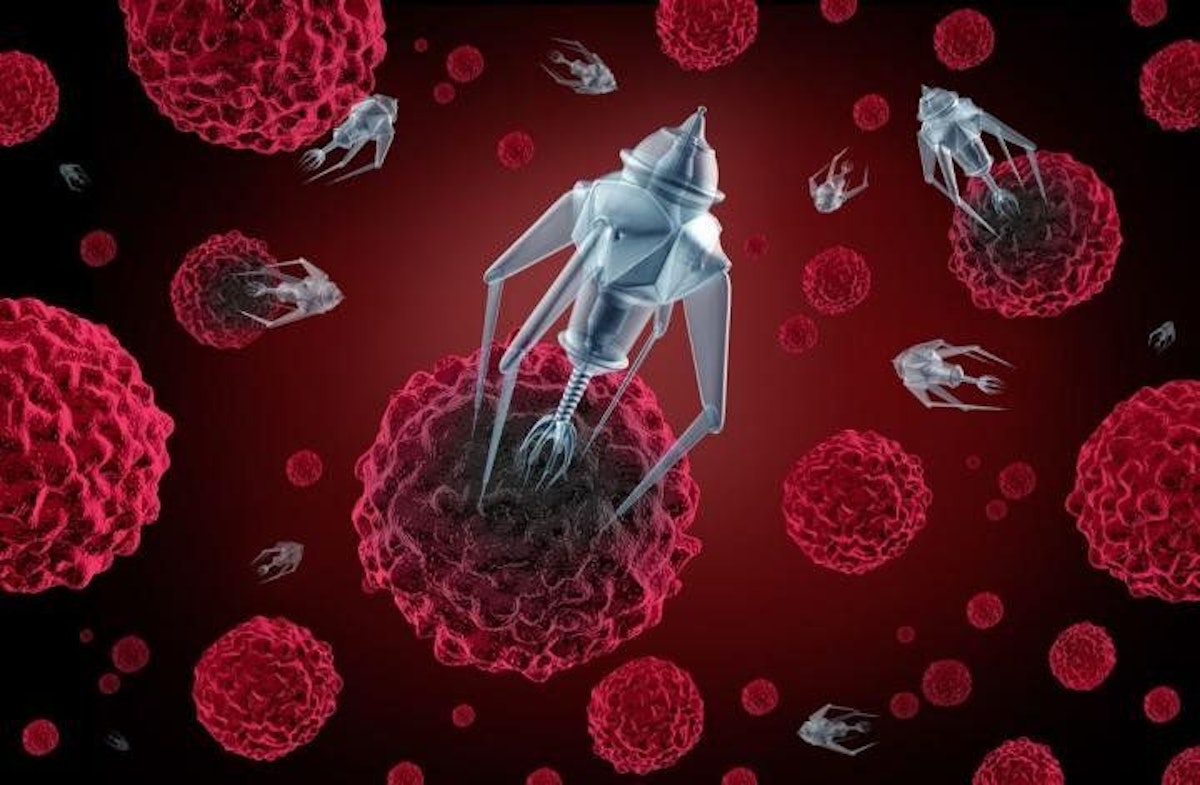518 reads
Nanomachines: The Game Changer in Pervasive Healthcare

Cyber Maniac|Technical Writer
About @sidrazafar
LEARN MORE ABOUT @SIDRAZAFAR'S
EXPERTISE AND PLACE ON THE INTERNET.
EXPERTISE AND PLACE ON THE INTERNET.
L O A D I N G
. . . comments & more!
. . . comments & more!

